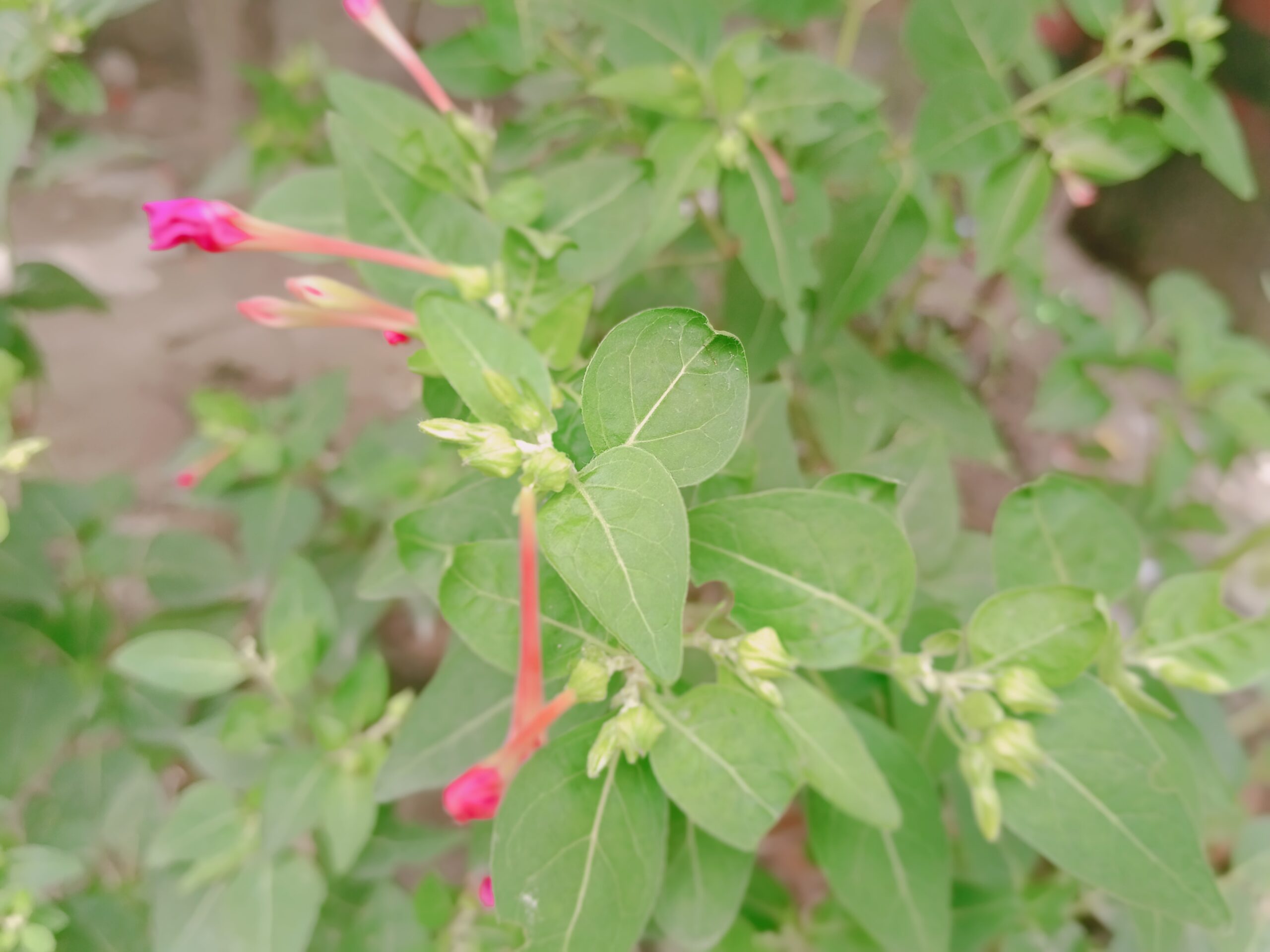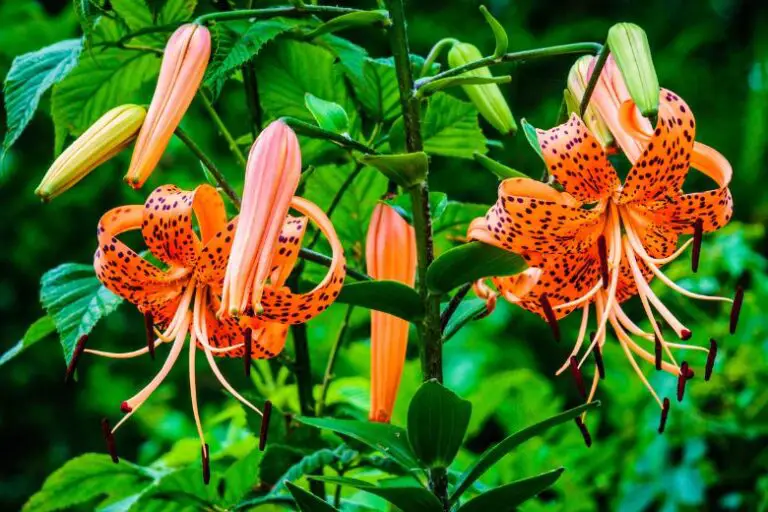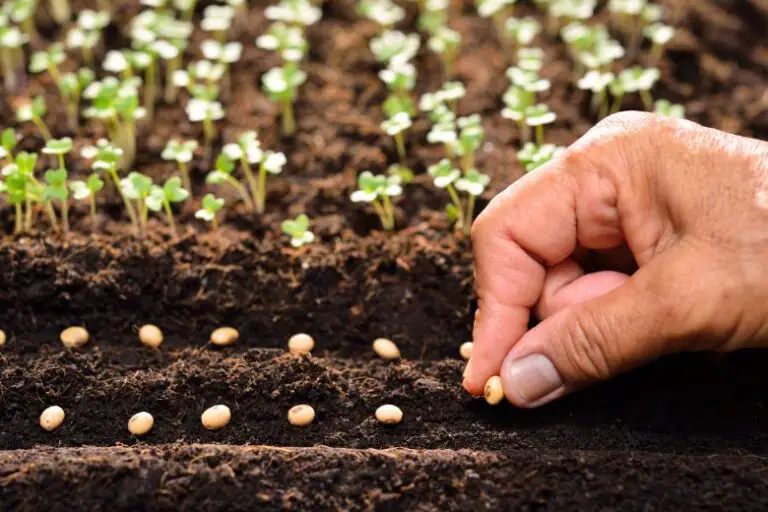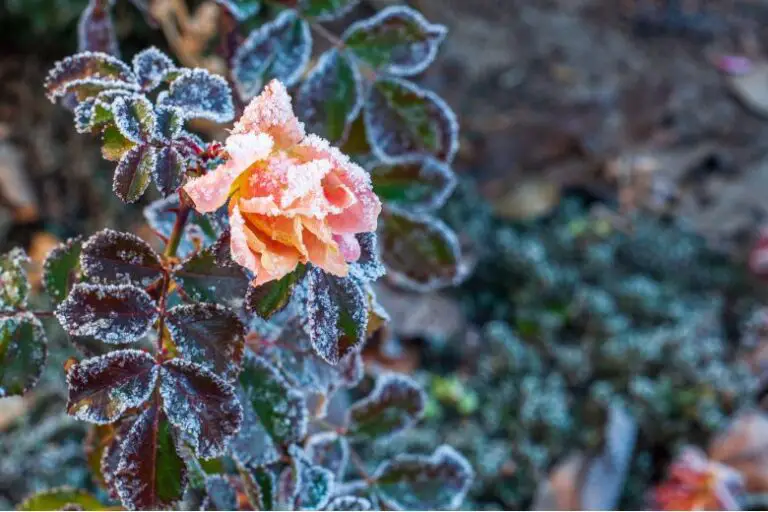Can Mirabilis Jalapa Survive in Colder Climates
Mirabilis Jalapa, commonly known as the Four O’Clock flower, is a beautiful and versatile plant with vibrant blossoms that open in the late afternoon. This article explores whether Mirabilis Jalapa can survive in colder climates and provides insights into its adaptability, cultivation techniques, benefits, and common challenges.
Understanding Mirabilis Jalapa
Mirabilis Jalapa is a perennial flowering plant native to tropical regions of South America. It is known for its trumpet-shaped flowers that come in a wide range of colors, including red, yellow, pink, white, and variegated combinations. The plant reaches a height of about 2-3 feet and features attractive dark green leaves.
Adaptability of Mirabilis Jalapa
Mirabilis Jalapa thrives in warm climates and prefers temperatures between 70-85°F (21-29°C). However, with proper care and some adjustments, it can also survive in colder regions. While the plant is not frost-tolerant, it can withstand temperatures as low as 20-25°F (-6 to -4°C) if provided with adequate protection.
Growing Mirabilis Jalapa in Colder Regions
To cultivate Mirabilis Jalapa in colder climates, it’s essential to create a favorable environment for the plant. Here are some tips to help you get started:
- Preparing the soil: Ensure the soil is well-drained and rich in organic matter. Adding compost or aged manure before planting will improve soil fertility and moisture retention.
- Planting and care tips: Choose a sunny location for planting. Sow the seeds or transplant seedlings after the last frost date. Water the plant regularly, keeping the soil consistently moist but not waterlogged. Apply a balanced fertilizer every four to six weeks during the growing season.
- Protection during winter: As colder temperatures approach, take measures to protect Mirabilis Jalapa from frost. Cover the plant with a layer of mulch to insulate the roots and prevent freezing. You can also use a frost cloth or move container-grown plants indoors during the winter months.
Overwintering Techniques
Overwintering Mirabilis Jalapa is crucial in colder climates to ensure its survival and regrowth in the following season. Consider the following techniques:
- Mulching: Apply a thick layer of organic mulch around the base of the plant before winter. This helps retain soil warmth and protects the roots from freezing temperatures.
- Container gardening: If you grow Mirabilis Jalapa in containers, bring them indoors before the first frost. Place the containers near a sunny window and water sparingly during the dormant period.
- Greenhouse cultivation: If you have access to a greenhouse, consider moving your Mirabilis Jalapa plants inside during winter. Greenhouses provide a controlled environment with regulated temperature and humidity, ensuring the plants’ survival.
Benefits of Mirabilis Jalapa
Apart from its visual appeal, Mirabilis Jalapa offers several benefits:
- Ornamental value: The colorful flowers of Mirabilis Jalapa make it an excellent choice for garden borders, containers, and landscaping. They add vibrancy and charm to any outdoor space.
- Medicinal uses: Mirabilis Jalapa has a long history of traditional medicinal uses. Its roots and leaves contain compounds with potential antifungal, antibacterial, and anti-inflammatory properties.
- Attracting wildlife: Mirabilis Jalapa flowers attract butterflies, hummingbirds, and other pollinators to your garden. Creating a haven for these creatures contributes to the overall biodiversity of the ecosystem.
Common Challenges and Troubleshooting
While Mirabilis Jalapa is a relatively low-maintenance plant, it can face certain challenges:
- Pests and diseases: Watch out for common garden pests like aphids, spider mites, and snails that may feed on the plant. Additionally, keep an eye out for diseases such as powdery mildew or fungal infections, especially in humid conditions.
- Environmental factors: Excessive cold, prolonged drought, or waterlogged soil can negatively impact the growth and survival of Mirabilis Jalapa. Pay attention to the weather conditions and adjust your care accordingly.
Conclusion
Mirabilis Jalapa, with its enchanting blooms and adaptability, can indeed survive in colder climates when provided with appropriate care. By understanding its temperature preferences, implementing overwintering techniques, and addressing common challenges, you can enjoy the beauty and benefits of Mirabilis Jalapa in your garden. Remember to tailor your approach based on the specific climatic conditions of your region and ensure you provide the plant with a nurturing environment for optimal growth and vitality.







